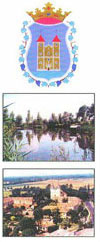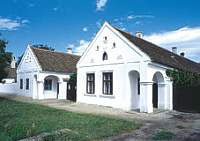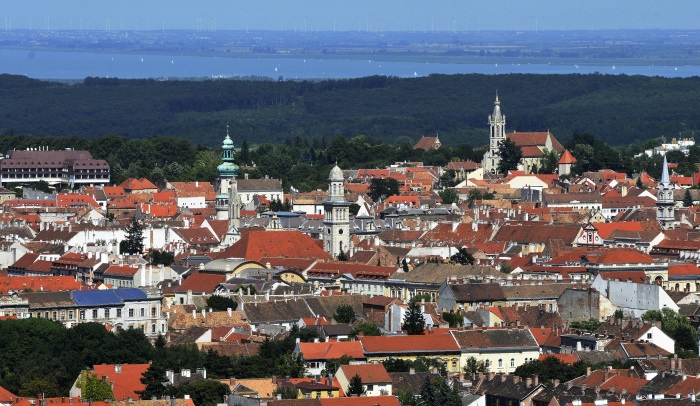 |

|
 
|
 
|
 
|

|
Fertőszéplak
 |
The ancient seat of the Széchényi family had been in Fertőszéplak until the end of the 18th century, when they moved to Nagycenk. The family built the village church, consecrated to All-Saints. The interior of the church was prepared with meticulous craftsmanship which was characteristic of Baroque architecture.
The main street of Fertőszéplak with its uniformly laid-out herringbone houses has been included in every serious book on folk architecture since 1930. Today the five old buildings host an open-air ethnographic museum. The buildings are prominent examples of peasant-Baroque architecture.
The exhibition shows the history, life, folk art and everyday tools of people living in the Fertő region. Every single house is a treasure in itself, the result of the careful, invaluable and enthusiastic work done by the collectors.
The collection also introduces the characteristic changes in interior design between the years 1850-1950, as well as the inventiveness of farmers in improving their methods, in order to keep up with modern times.
|
|
 |
